A Lexiscan Thallium Stress Test is a type of nuclear medicine imaging used to evaluate blood flow to your heart. It is often prescribed when patients cannot undergo a traditional treadmill stress test. Instead of exercise, a medication called Lexiscan (regadenoson) is used to simulate the effects of physical activity by dilating the blood vessels.
Combined with a radioactive tracer like Thallium-201 or Cardiolite, this test captures images that show how well blood is reaching various parts of your heart muscle.
Who Needs This Test?
Doctors may recommend a Lexiscan Thallium Stress Test if:
-
You have symptoms like chest pain, shortness of breath, or dizziness
-
You're unable to perform an exercise treadmill test
-
You have a history of coronary artery disease or abnormal ECG
- You're scheduled for surgery and require cardiac clearance
Step-by-Step: What to Expect During the Test
Here's a detailed breakdown of how the procedure typically unfolds:
1. IV Line Insertion & Baseline Vitals
-
A technician will insert an IV line in your arm
-
Your heart rate, blood pressure, and ECG will be monitored throughout
2. Resting Imaging (Optional)
-
A small amount of radioactive tracer may be injected
-
You'll lie on a scanner table while baseline heart images are taken
3. Lexiscan Administration
-
Lexiscan is injected through the IV over a few seconds
-
This causes temporary dilation of coronary arteries, mimicking exercise
-
You may feel flushed, short of breath, or light-headed briefly (these effects pass quickly)
4. Tracer Injection
-
Shortly after Lexiscan, Thallium or Cardiolite tracer is injected
-
You'll wait 15-60 minutes for the tracer to circulate through your bloodstream
5. Imaging Phase
-
You will lie down on a nuclear scanner
-
The scanner rotates around your chest to take detailed images of your heart
-
This part takes about 20-30 minutes
6. Recovery
-
Vital signs are monitored again
- You’ll be advised to drink water to flush the tracer from your system
Stress can also cause kidney stones so it will good to take a test.
How Long Does the Test Take?
The entire process typically takes 2.5 to 3.5 hours from check-in to completion.
-
Prep & baseline: ~30 minutes
-
Lexiscan + tracer: ~15 minutes
-
Waiting period: 30 to 60 minutes
-
Imaging: ~30 minutes
-
Recovery: ~30 minutes
In some cases, the test may be split across two days (especially if resting and stress imaging are done separately).
Patient Preparation Checklist: How to Prepare for a Lexiscan Thallium Stress Test
To ensure accurate results and a smooth testing experience, follow this simple checklist before your appointment:
24 Hours Before the Test:
-
Avoid caffeine (coffee, tea, chocolate, sodas, energy drinks, decaf coffee too)
-
Continue regular medications unless advised otherwise
-
Inform your doctor if you're using asthma inhalers or heart medications
4–6 Hours Before:
-
Avoid eating heavy meals light breakfast only (if allowed)
-
Drink water unless you're told to fast completely
On the Day of the Test:
-
Wear comfortable clothing (two-piece outfit is ideal)
-
Walking shoes even if no treadmill, comfort is key
-
Bring a list of current medications (prescriptions and over-the-counter)
-
Carry your ID, insurance card, and any referral paperwork
- Avoid lotions or powders on your chest they can interfere with electrode placement
Risks and Side Effects of a Lexiscan Thallium Stress Test
While the Lexiscan thallium stress test is generally safe and widely used, it may cause some side effects due to the pharmacologic agent (Lexiscan) used to simulate exercise.
Here are some common and rare side effects you might experience:
Common (Short-Term and Typically Mild):
-
Shortness of breath
-
Chest discomfort or tightness
Flushing or warmth -
Dizziness or lightheadedness
-
Headache
-
Nausea
These symptoms usually appear within a few minutes of receiving Lexiscan and subside shortly after the scan or with medical assistance if needed.
Less Common or Rare (But Important to Know):
-
Irregular heartbeat (arrhythmia)
-
Low blood pressure (hypotension)
-
Severe allergic reactions (very rare)
-
Seizures (in rare individuals with pre-existing conditions)
Your healthcare team will monitor you closely during and after the test to manage any adverse reactions immediately.
Note: Inform your doctor beforehand if you have asthma, bronchospasm, seizures, low blood pressure, or are pregnant/nursing.
Lexiscan vs. Treadmill Stress Test
|
Feature |
Lexiscan Test |
Treadmill Stress Test |
|
Physical effort required |
No |
Yes |
|
Ideal for |
Mobility-limited patients |
Physically active patients |
|
Uses medication? |
Yes (Lexiscan) |
No |
|
Duration |
2.5 to 3.5 hours |
~1 hour |
|
Radiation exposure |
Yes (via Thallium or Cardiolite) |
No |
Final Thoughts
A Lexiscan Thallium Stress Test is a powerful diagnostic tool for evaluating heart health when exercise-based testing isn't an option. While it involves more steps and time than a standard stress test, it's safe, effective, and highly informative. By understanding what to expect and preparing properly, you can approach your test with confidence and peace of mind.
FAQs
How long does a nuclear Lexiscan stress test take?
The Nuclear Lexiscan Stress Test takes about 2 ½ – 3 hours to complete.
What are the side effects of a thallium stress test?
Common side effects include mild dizziness, headache, nausea, or shortness of breath. More serious, but rare, complications can include arrhythmias (irregular heartbeat), chest pain, breathing difficulties, and allergic reactions to the radioactive tracer.
What is the difference between a Lexiscan and a stress test?
The Lexiscan Stress test is similar to Cardiolite Exercise Stress Test. Instead of exercising on treadmill, an intravenous injection of Lexiscan is given to simulate exercise. This test is useful in patients who can not walk on a treadmill.
What are the risks of a Lexiscan nuclear stress test?
Can cause heart problems, such as heart attack, abnormal heart rhythms, "heart block," and atrial fibrillation (AFib).
Disclaimer: neuroVIZR is a wellness device created to promote relaxation, focus, and overall brain wellness. It is not a medical device, does not provide diagnoses, and is not intended to treat, cure, or prevent any medical condition. The device is not suitable for individuals with epilepsy. Experiences and results may vary from person to person.



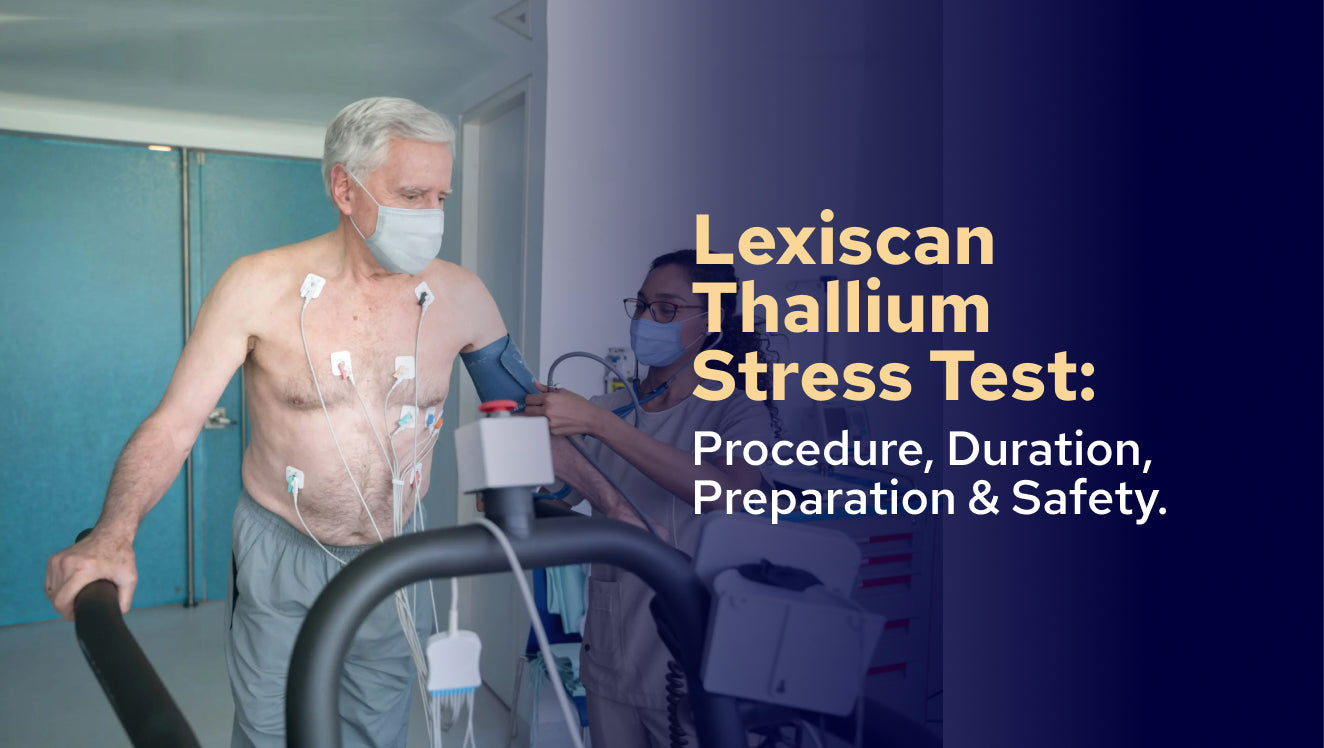


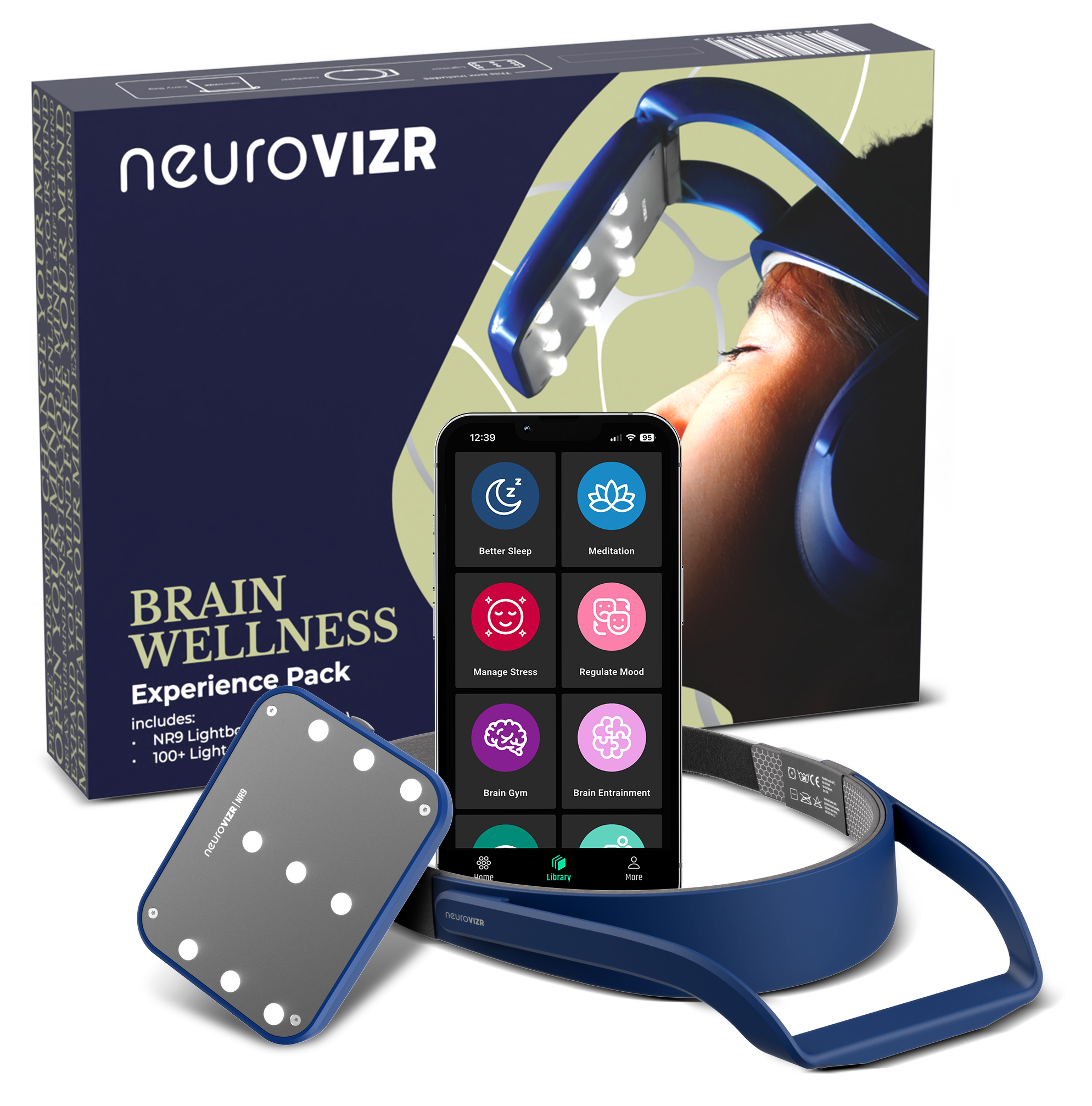

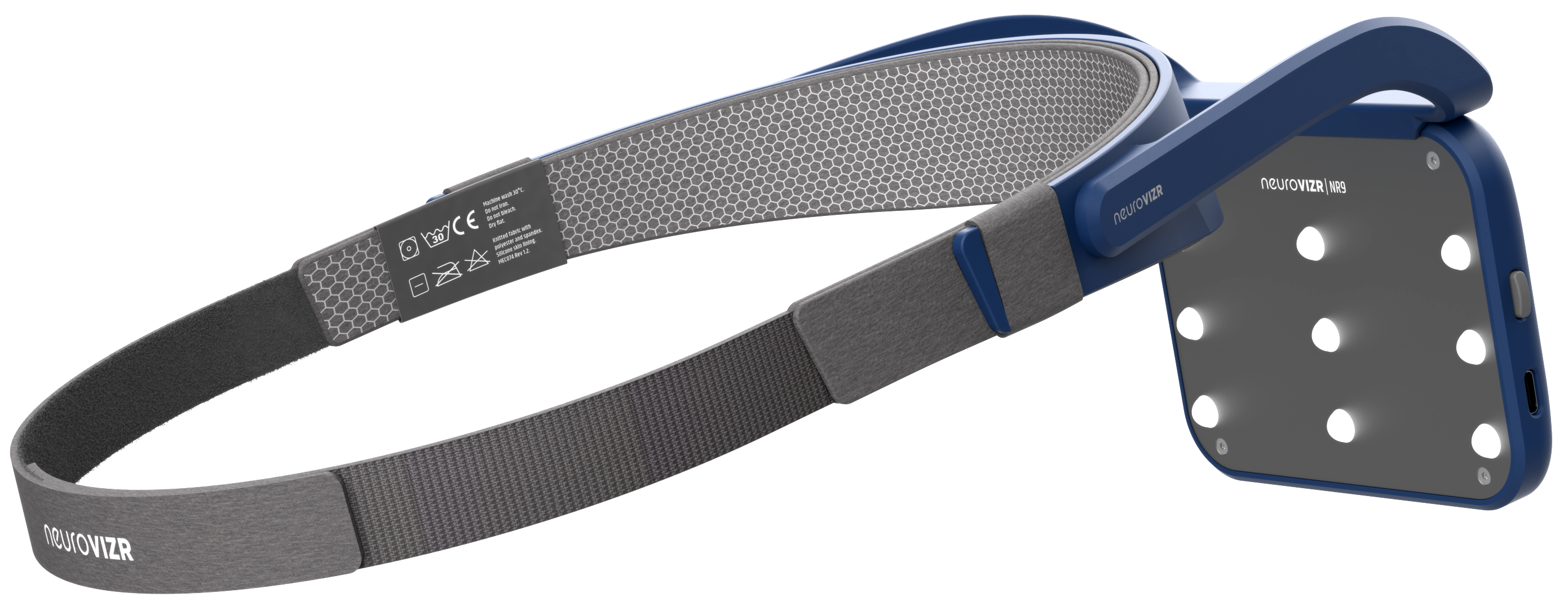
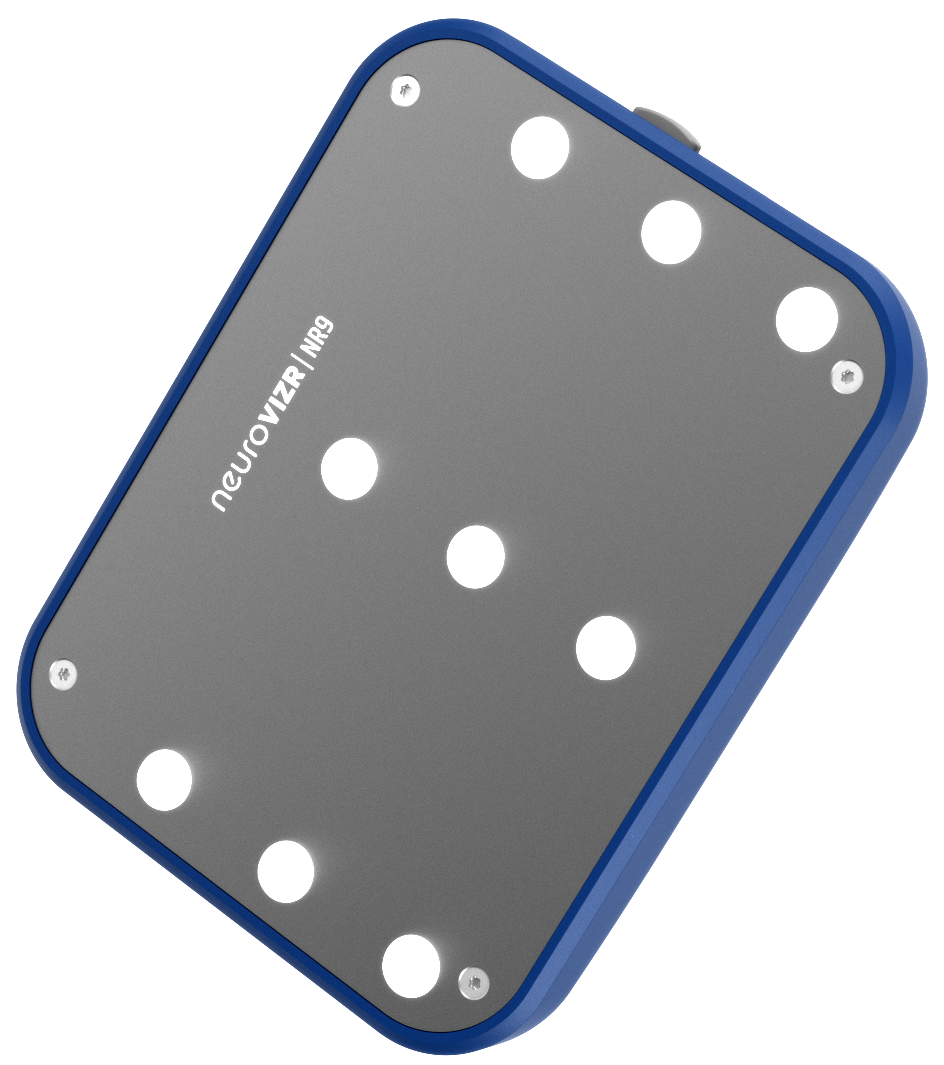
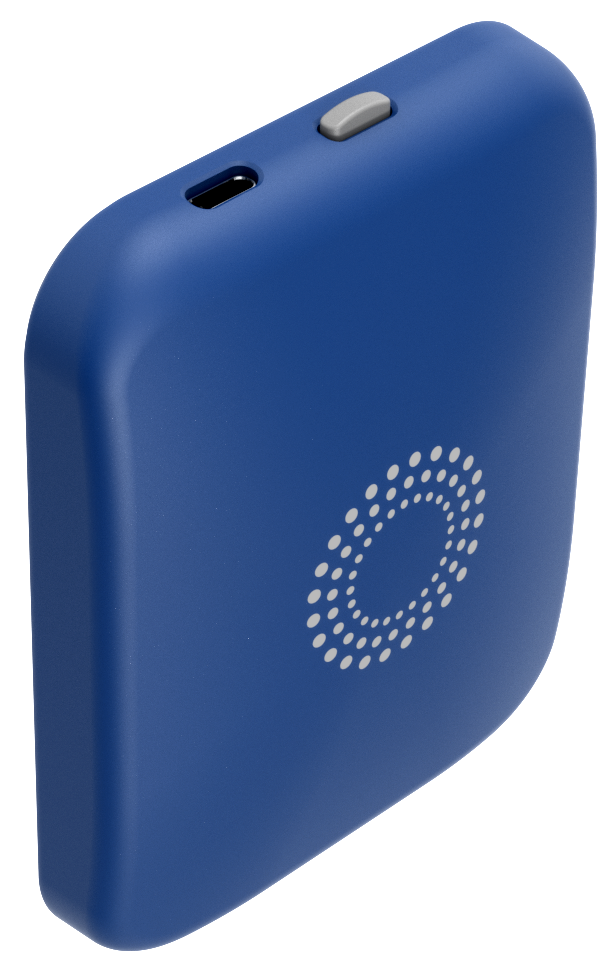
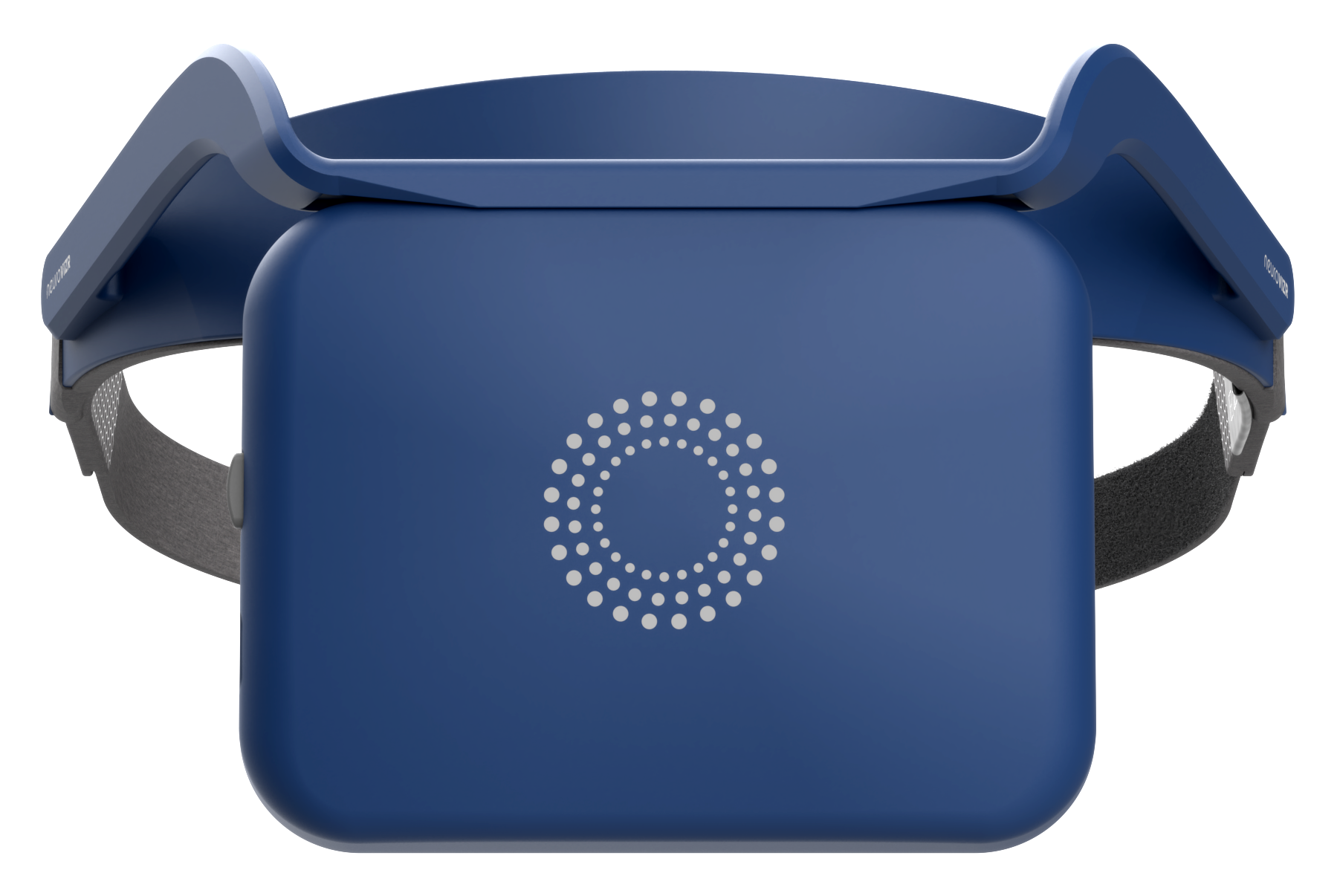
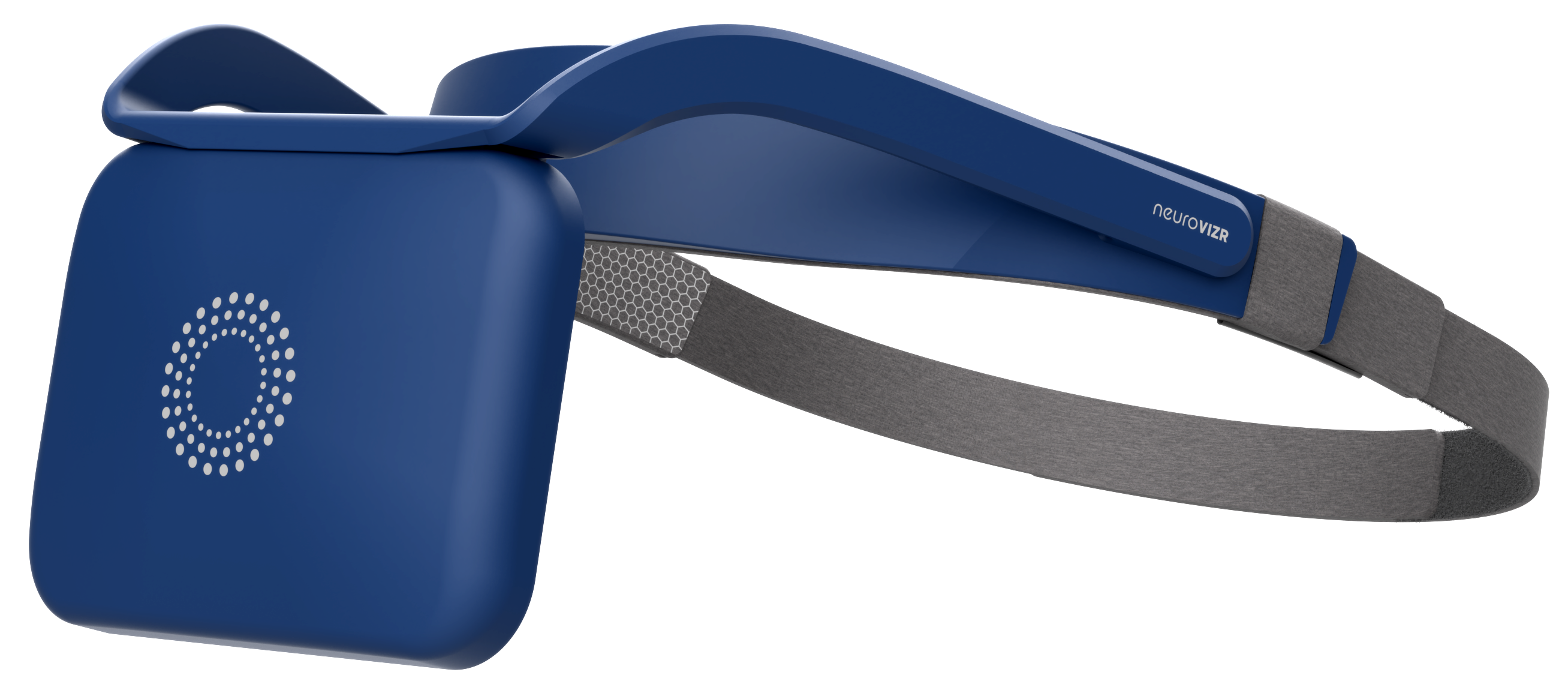
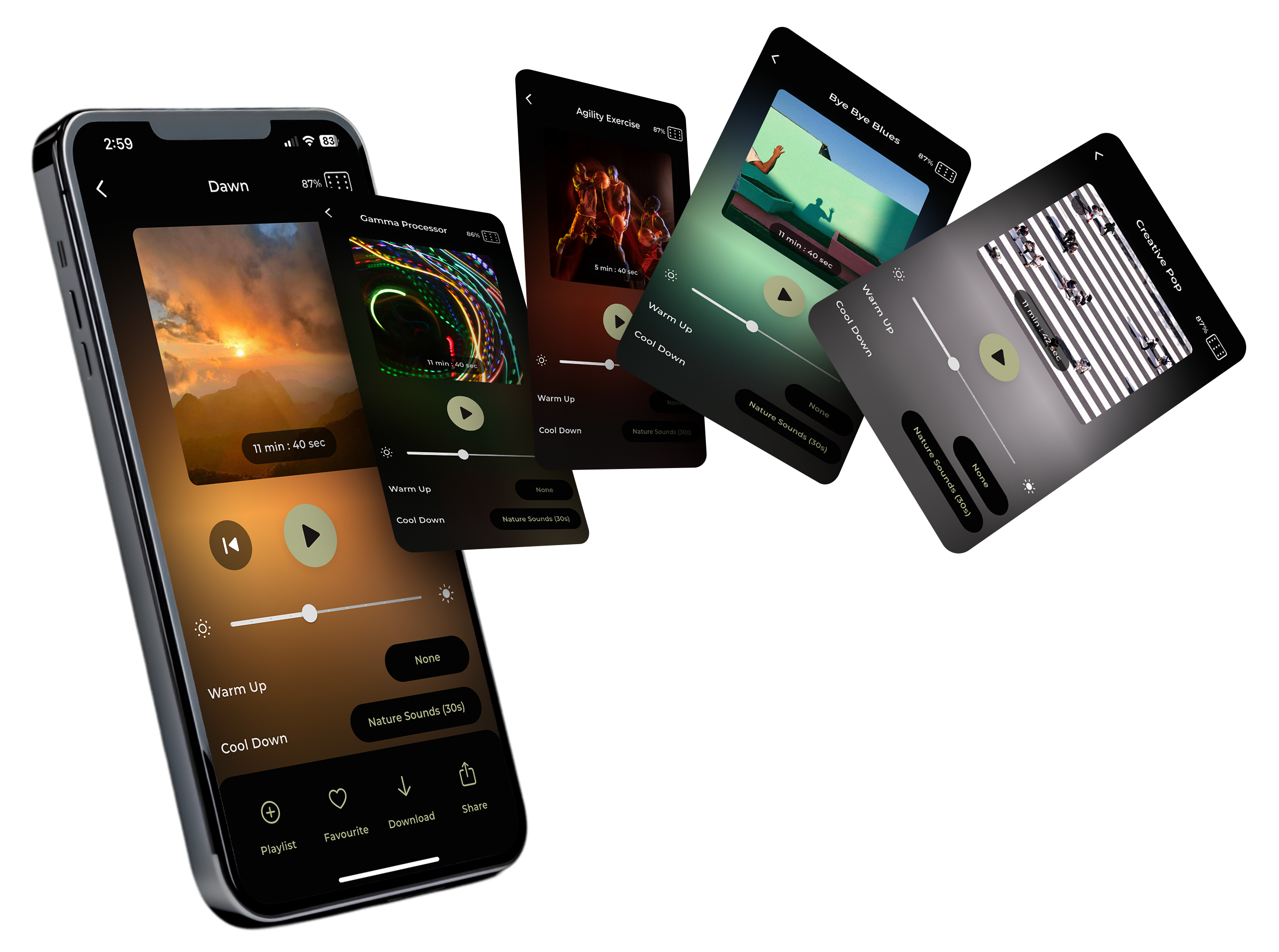
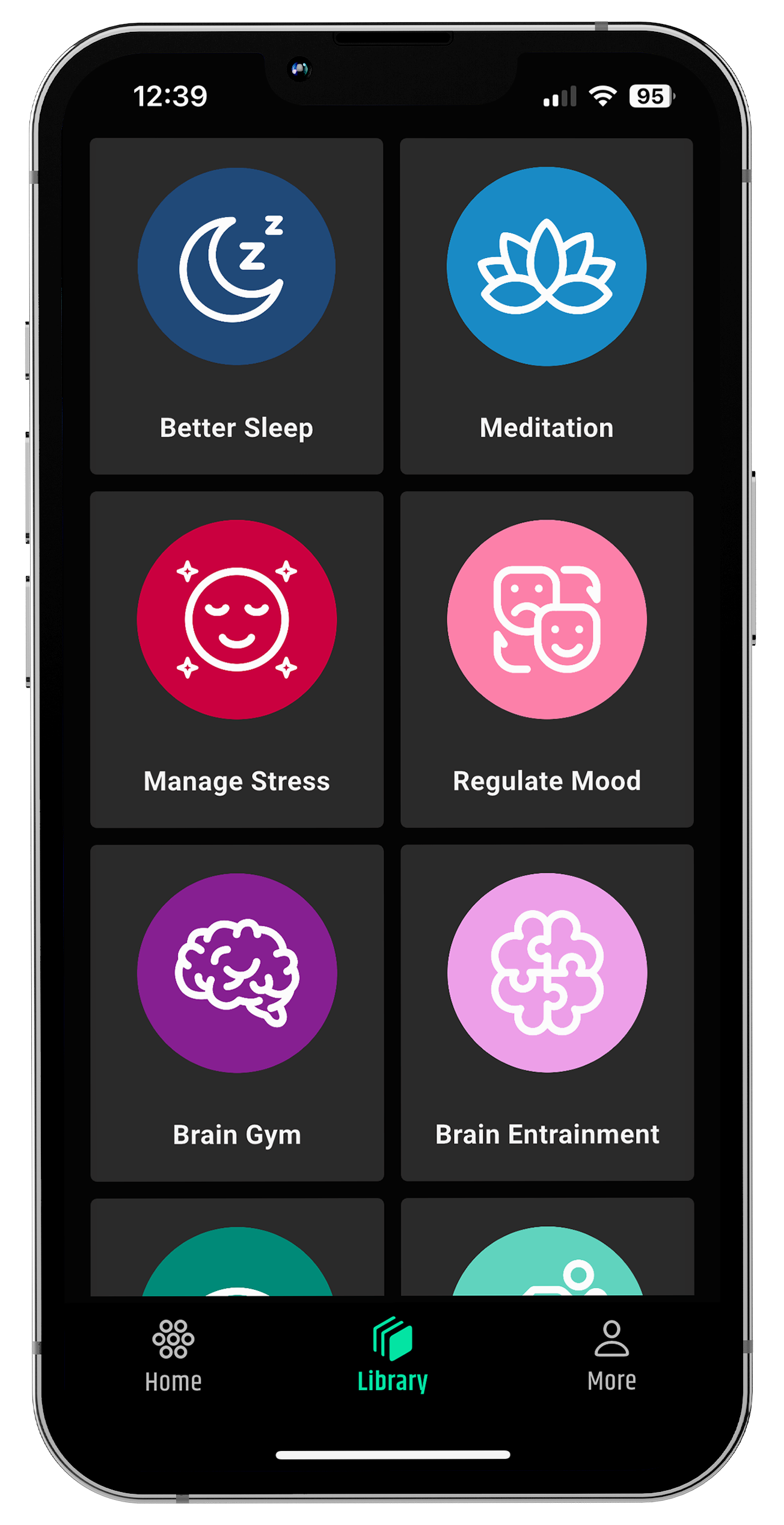
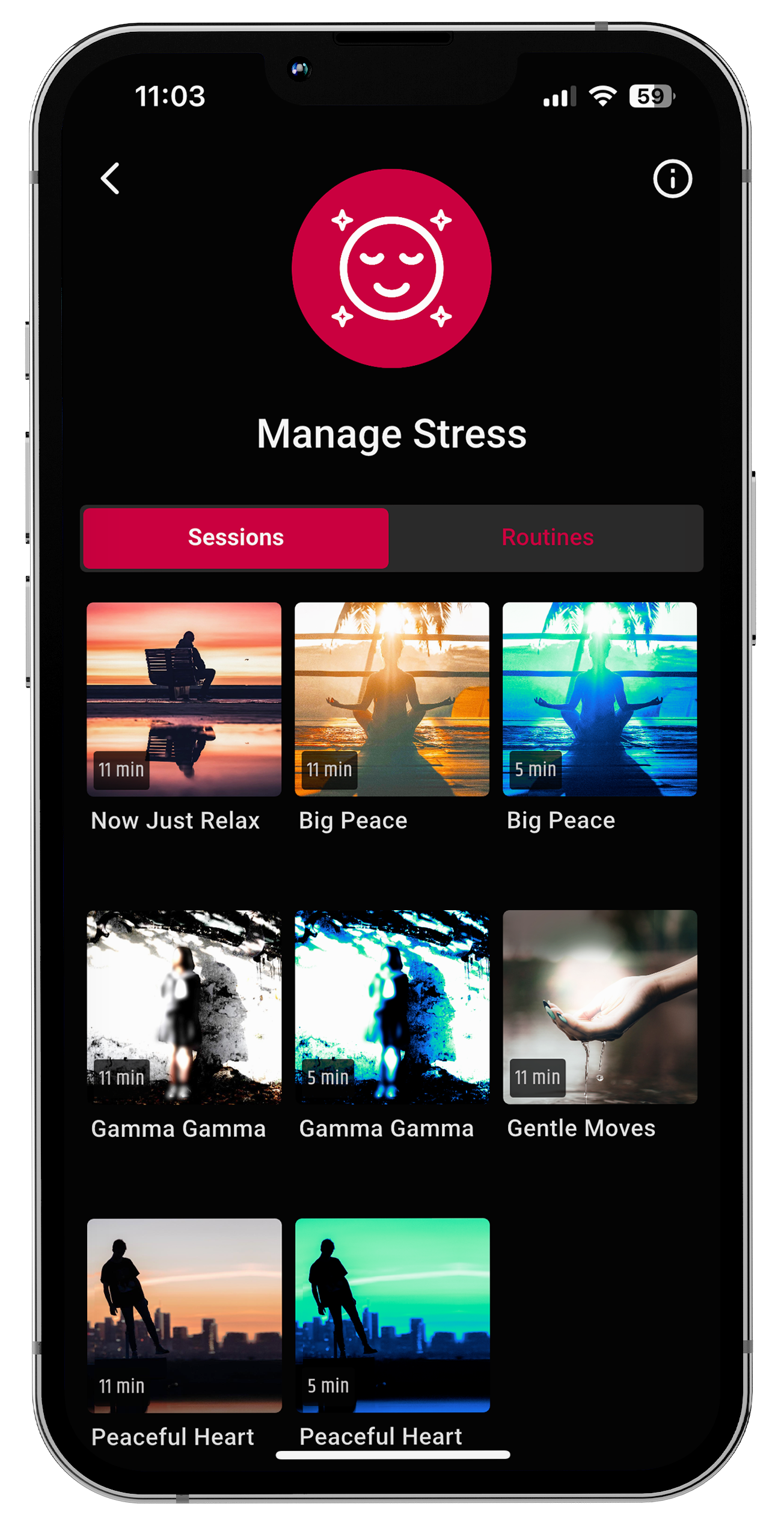
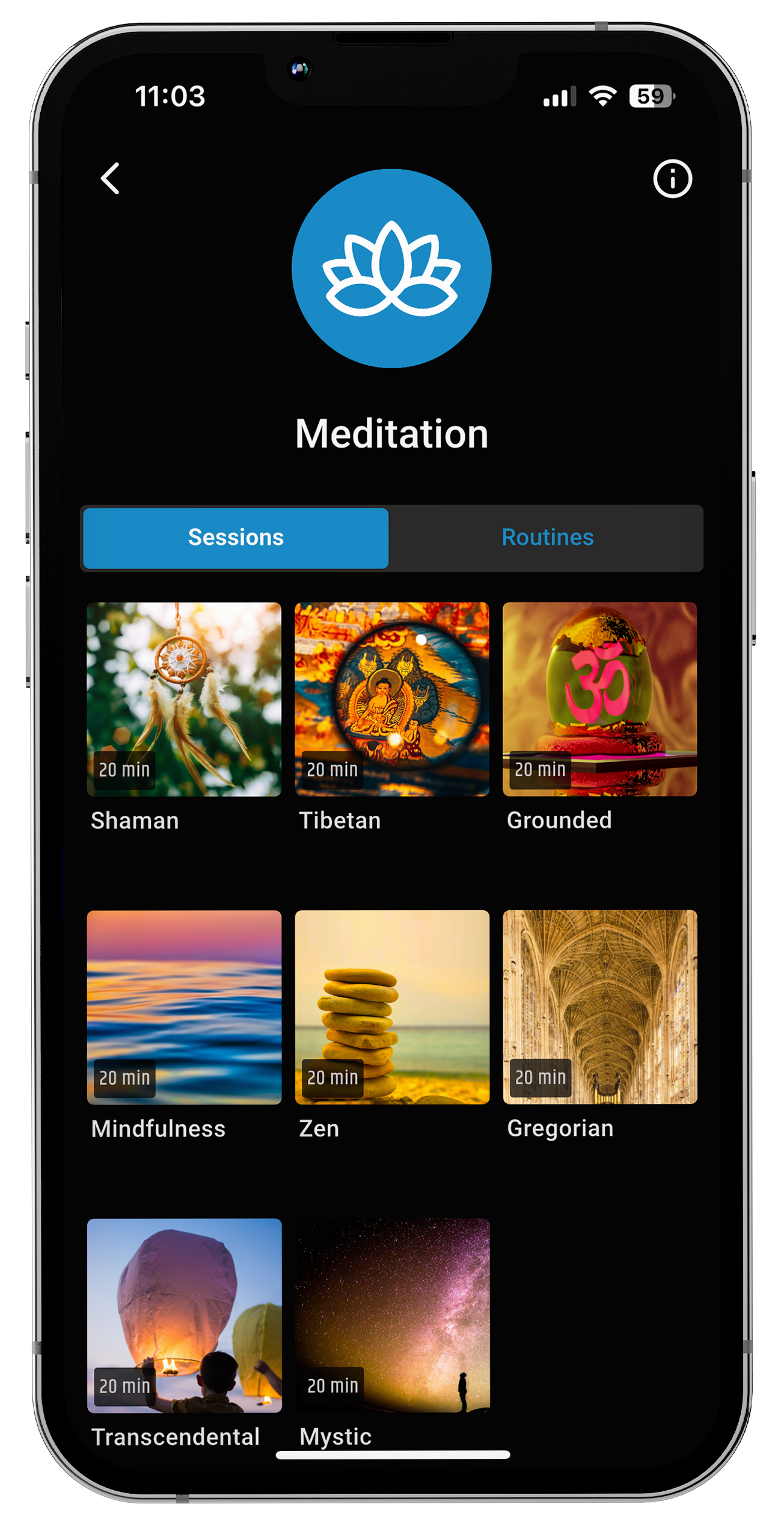
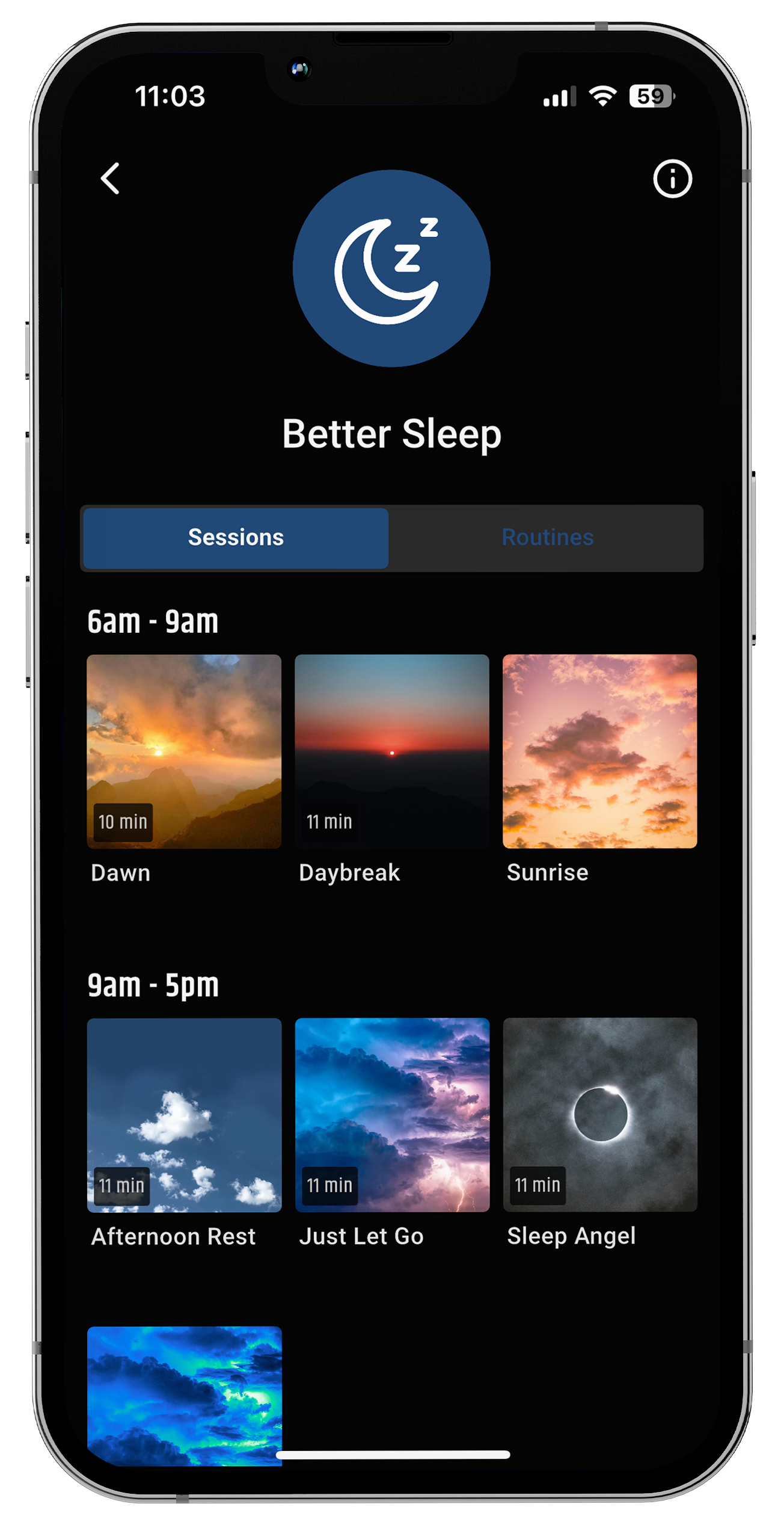
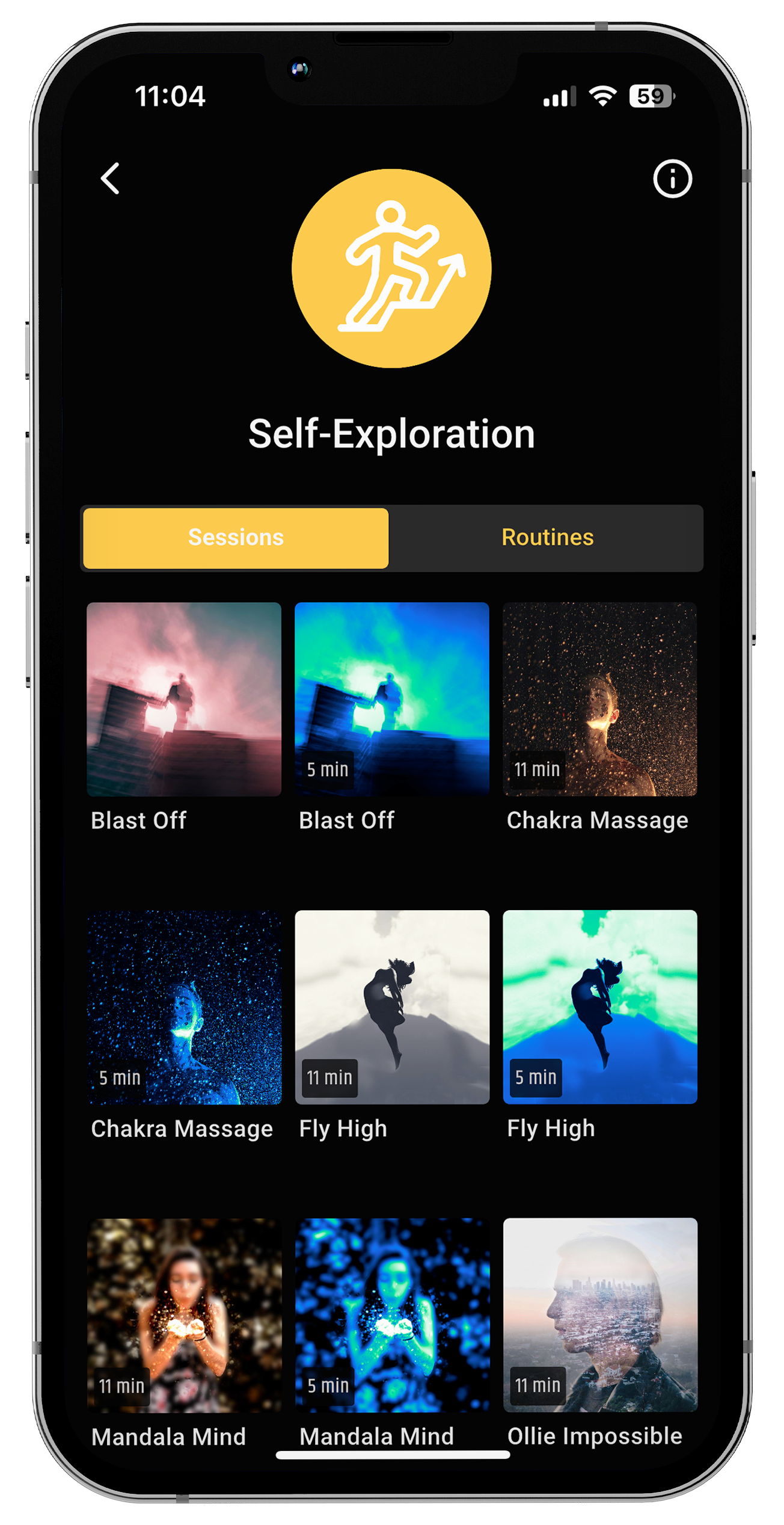
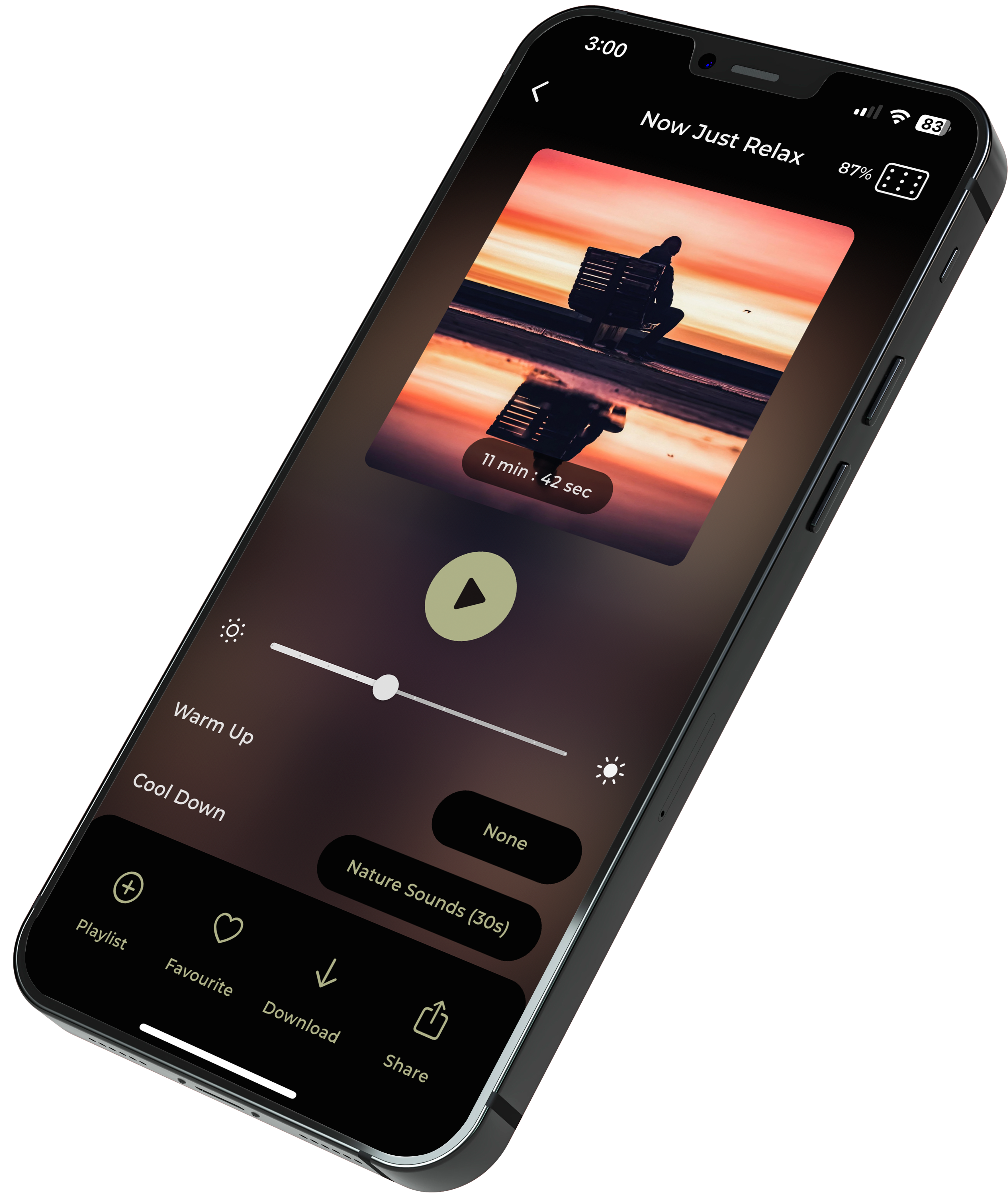


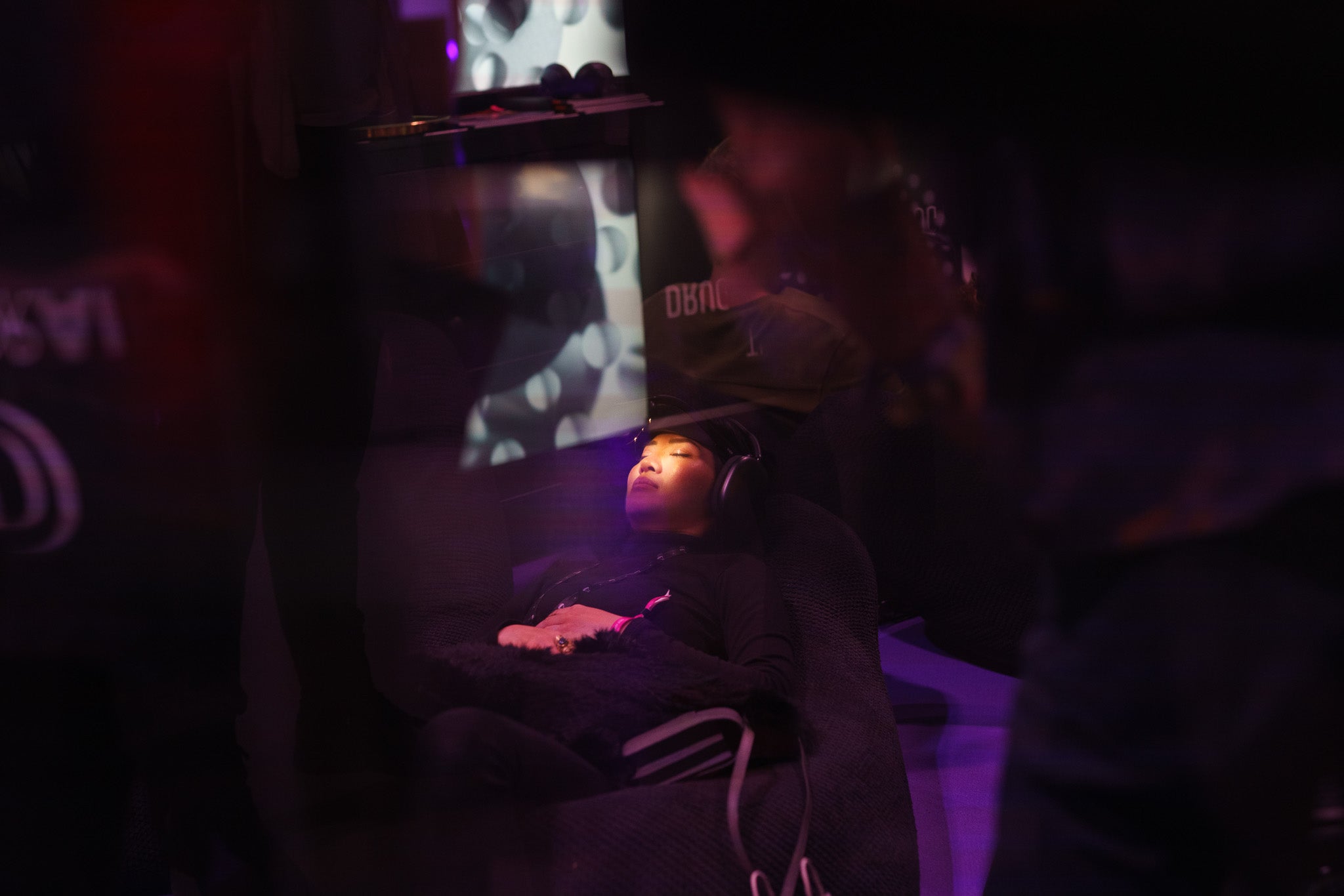




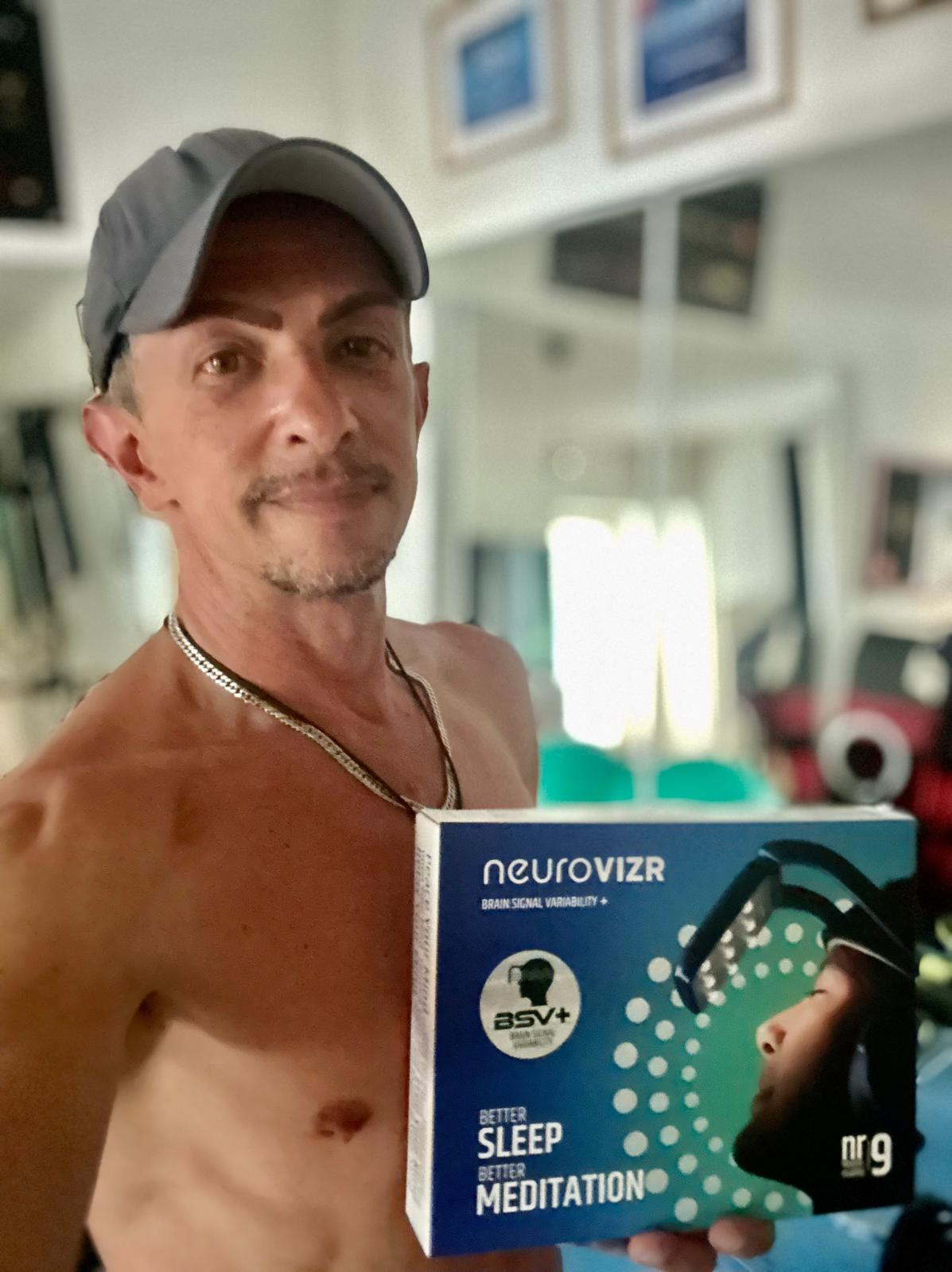
Share:
Can Stress Cause Kidney Stones? Uncovering the Link Between Stress and Stone Formation
How Long on Treadmill for Stress Test? Duration, Process & What to Expect